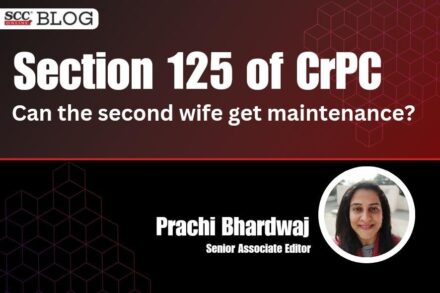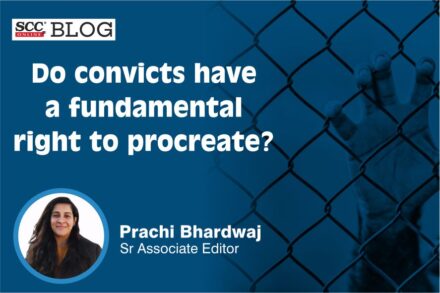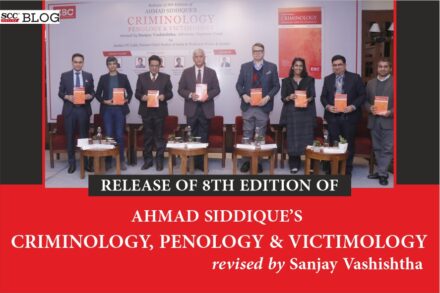Kerala High Court: In an appeal challenging the correctness, legality, and propriety of the judgment and decree of the Family Court, Ernakulam, which had dismissed the wife’s claim for the return of gold ornaments and other personal belongings, the Division Bench comprising Devan Ramachandran and M.B. Snehalatha*, JJ., held that the gold ornaments and cash given to the bride at the time of marriage constituted the woman’s ‘Stridhan’, meaning her exclusive property. Highlighting the prevalence of cases where such valuable possessions were misappropriated by the husband or in-laws, the Court observed that the private and often informal nature of these transfers made it nearly impossible for women to produce documentary evidence to prove ownership or misappropriation. In such circumstances, the courts were required to rely on the principle of preponderance of probabilities to ensure justice. Accordingly, the Court directed the husband to return 59½ sovereigns of gold ornaments or its market value as on the date of return to the wife.
Background
The marriage between the petitioner-wife and the respondent-husband was solemnized in 2010. At the time of marriage, the wife had been given 63 sovereigns of gold ornaments by her parents. A gold chain weighing 2 sovereigns had been given to the husband. Her cousins had gifted her 6 sovereigns of gold ornaments. The entire gold ornaments of the wife, excluding the ones meant for her regular wear, had remained with the husband. Initially, the ornaments had been kept in an almirah in the bedroom of the wife and the husband. On the third day of marriage, when she, along with the husband, had gone to visit her house, the said gold ornaments had been shifted to the almirah in the bedroom of the husband’s parents for safe custody.
After the marriage, the husband had made a demand for an amount of Rs. 5 lakhs from her father for paying the balance amount towards the sale consideration of an apartment he had purchased. However, the wife’s parents had been unable to meet the said demand. Consequently, marital discord had arisen between them, and their marriage had gone through rough weather. The wife had claimed that she was entitled to recover her 65½ sovereigns of gold ornaments from the husband. She also contended that the husband was also liable to return the household articles.
The husband had filed a counter denying the allegations raised in the petition. He had contended that he had not taken any of the wife’s gold ornaments and was, therefore, not liable to return any of the gold ornaments or other movables listed in the petition.
After the Trial, the Family Court dismissed the Original Petition on the ground that the wife had failed to establish her claim for the return of the gold ornaments and household articles.
Analysis and Decision
Taking note of the evidence on record, the Court noted that the parents of the wife had been employed and possessed sufficient financial capacity to gift her 65 sovereigns of gold ornaments at the time of her marriage. The amount deposited by her parents by way of a fixed deposit in a cooperative society had been utilized for purchasing the gold ornaments for the wife. There had been no reason to disbelieve the version of the wife and her father that, at the time of her marriage, she had been given 63 sovereigns of gold ornaments and that the husband had been given a gold chain weighing two sovereigns.
The Court said that the gold ornaments and cash given to the bride at the time of marriage had been considered as the woman’s ‘Stridhan’, meaning her exclusive property. Highlighting that there had been numerous instances where such valuable possessions had been misappropriated by the husband or in-laws, the Court said that due to the private and often informal nature of such transfers, it had become nearly impossible for women to produce documentary evidence proving ownership or misappropriation. In such situations, the courts had been required to rely on the principle of preponderance of probabilities to deliver justice.
Explaining the term preponderance of probability, the Court said that it referred to the greater likelihood of one event or fact over another. It had not been about certainty or the elimination of all doubts, but rather about weighing the evidence to determine which side had presented a more probable scenario. In civil cases, the party bearing the burden of proof had needed to show that their version of events was more plausible than that of the opposite party.
The Court remarked that the gold given to a bride at the time of marriage was often kept by the husband or his family under the guise of safekeeping or in accordance with family customs. The woman had rarely received a written record or receipt for such transfers, and her access to her own ornaments could be restricted. When disputes had arisen, particularly in cases involving domestic violence, dowry harassment, or divorce, the woman might have claimed that her gold ornaments had been misused or never returned. However, since she had seldom received a list or acknowledgment of the items given to her, proving ownership had become difficult.
The Court emphasised that it had to recognize this practical difficulty and could not insist on rigid legal proof as required in criminal cases. The inability to produce documentary evidence should not have served as a barrier to justice, especially in situations where social and familial norms had made such evidence hard to obtain. The Courts had relied on the preponderance of probability to ensure that the legal system remained sensitive, fair, and just.
The Court noted that the husband had never claimed that the wife possessed no gold ornaments at all. His case had been that whatever gold ornaments the wife had at the time of marriage, she had taken them along with her when she had gone to her parental home during her pregnancy.
The Court observed that it was highly improbable that the wife had taken her gold ornaments with her when she had gone to her parental home, which had been at the initial stage of her pregnancy and for the purpose of prenatal care. It had also been established in evidence that, subsequent to that, the wife had not returned to her matrimonial home due to the marital discord between the spouses.
The Court held that the finding of the Family Court, that in the email, the wife had admitted to having taken back her gold ornaments and was therefore not entitled to a decree for their return, was incorrect. The Court did not agree with the Family Court’s view that discrepancies in the total weight of the gold ornaments shown in the petition and the total weight depicted in the photograph cast doubt on the wife’s claim. The wife had categorically testified that she had been given 63 sovereigns of gold ornaments by her parents and that a gold chain weighing two sovereigns had been given to the husband.
It was true that the wife had not produced any evidence to substantiate her claim that she had received an additional 6 sovereigns of gold ornaments from her relatives. However, the Court found that the wife had succeeded in establishing that 59½ sovereigns of her gold ornaments remained in the custody of the husband and had not been returned. Therefore, the wife was entitled to a decree for the return of 59½ sovereigns of gold ornaments from the husband.
The Court stated that, although the wife had claimed the return of the household items from the h she had neither husband, in the original petition nor in the affidavit filed in lieu of examination-in-chief mentioned where those articles had been kept by her. Furthermore, she had not provided any evidence in support of that claim. There had been no evidence to show that the said household articles had been misappropriated by the husband. Therefore, the wife was not entitled to the relief sought in respect of the movables.
[X v. Y, 2025 SCC OnLine Ker 2661, decided on 11-04-2025]
*Judgment Authored by: Justice M.B. Snehalatha
Advocates who appeared in this case:
For Appellant: SRI.V.S.SREEJITH ,SRI.K.SUNIL, SRI.RINU. S. ASWAN, SMT.M.ARDRA KRISHNAN, SMT.ALEENA MARIA JOSE, SMT.SUSAN JACOB
For Respondent: SRI.SANTHEEP ANKARATH, SRI.J.RAMKUMAR







